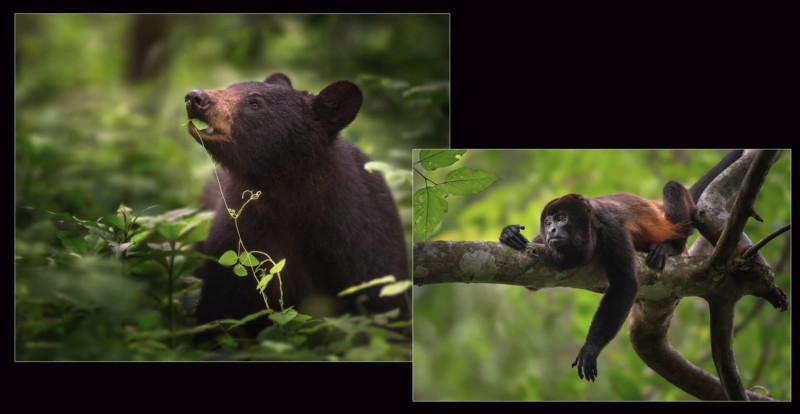Have you ever been disappointed to find the eyeballs of your subject to be not as sharp as you had expected even though your camera confirmed that autofocus had locked onto them? Photographer Steve Perry of Backcountry Gallery made this 9.5-minute video explaining how he avoids this “false positive autofocus trap” when focusing in tricky situations or on tricky subjects.
“The dirty little secret is that the phase-detection AF system in our cameras just isn’t perfect,” Perry says. “Although it’s rare, in some low-light and low-contrast scenarios, the camera may give you an AF lock that’s really a false positive. […]”
“By all indications, you have a perfect lock on your target. However, when you critically examine the final image, you discover that it was just a touch out of focus.”
In wildlife photography, this could show up when focusing on a subject with low contrast to begin with — animals like a black bear or howler monkey, for example.

Warning signs that your AF lock may be a false positive include seeing the AF system hunt for a bit before confirming focus, if the AF system looks jittery as it’s locking/locked on to the subject, or if the camera has a hard time maintaining the AF lock.
Perry’s technique involves using single-point AF, locking onto a subject’s eyes, and then shooting a short burst of photos. He then defocuses the lens manually, autofocuses on the eye again, and then shoots another short burst. He repeats this as many times as he wants to ensure that at least one of the frames has the eye perfectly focused on.
“What it does is give the camera an opportunity to pick a slightly different spot on the [subject],” Perry says. “When I’m in a tricky situation, this often gives me one set that is super, super sharp.”